Chessington Zoo & SEA LIFE Centre: Animals and Attractions
Embark on a WILD adventure at Chessington Zoo and SEA LIFE Centre, where over 1,000 animals are waiting to meet you! Come face to face with towering Rothschild giraffes, Grevy zebras, cheeky monkeys, playful penguins, and elegant sea lions, there’s something to delight animal lovers of every age.
Dive into the SEA LIFE Aquarium to explore fascinating underwater worlds, packed with colourful creatures from the ocean’s depths. For an extra-special day out, why not book one of our VIP zoo animal experiences and get up close to your favourite furry, feathered, or finned friends?
Chessington Zoo and SEA LIFE Centre are the perfect destinations for families seeking fun, learning, and unforgettable encounters!
VIP Zoo Animal Experiences at Chessington Zoo
Take your day at Chessington Zoo to the next level with our amazing VIP animal experiences! Including exclusive Giraffe Feeding, these special encounters let you get up close and personal with some of the zoo’s most incredible residents - perfect for families and zoo animal lovers.
It’s a chance to create unforgettable memories with exotic animals in a way you won’t find at other animal enclosures. Book your VIP experience today and make your visit to Chessington Zoo truly WILD!
Book nowAwesome Animals Here at Chessington Zoo

Humboldt Penguin
Find us in Penguin Bay
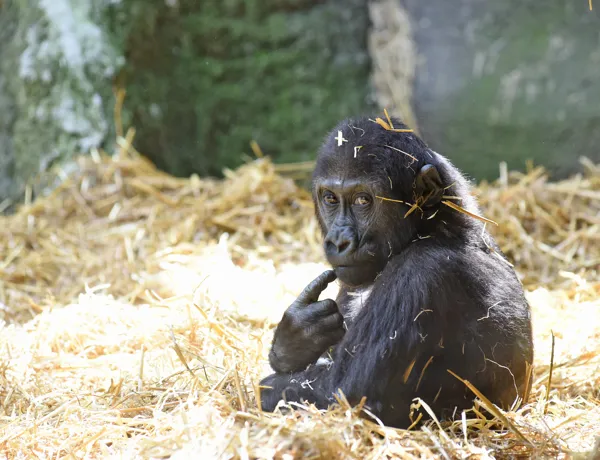
Western Lowland Gorilla
Find us in the Trail of the Kings
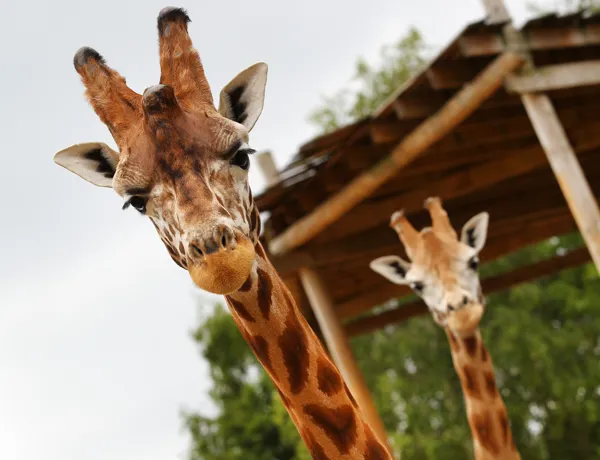
Rothschild's Giraffe
Find us on the Wanyama Reserve or on Zufari: Ride into Africa!
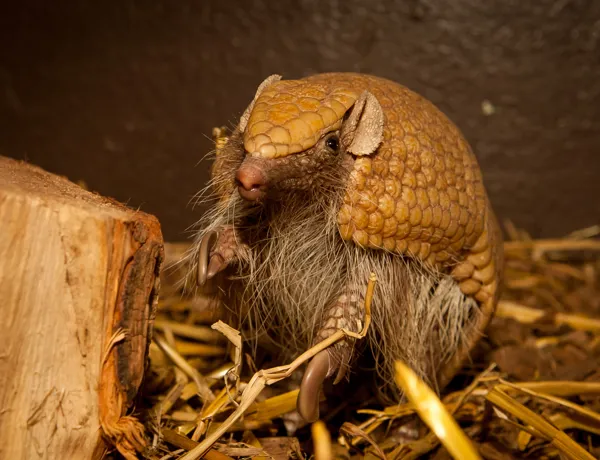
Three-Banded Armadillo
Find us in AMAZU
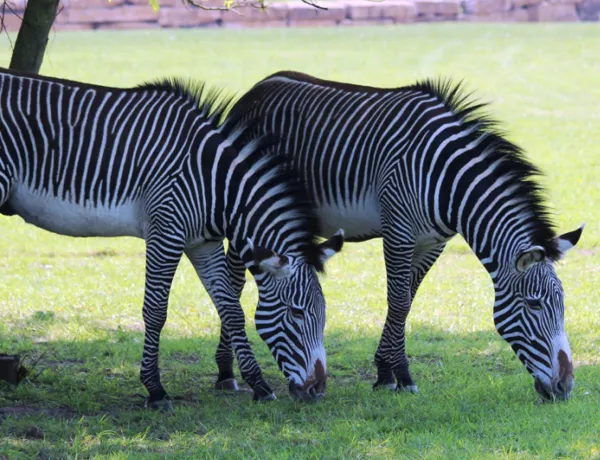
Grevy's Zebra
Find us on the Wanyama Reserve or on Zufari: Ride into Africa!
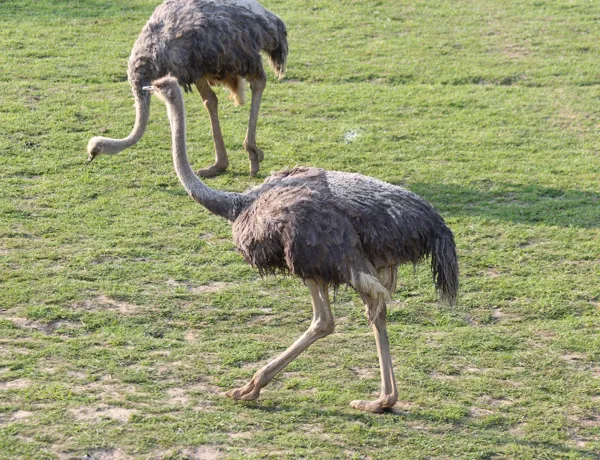
Ostrich
Find us on the Wanyama Reserve or on Zufari: Ride into Africa!
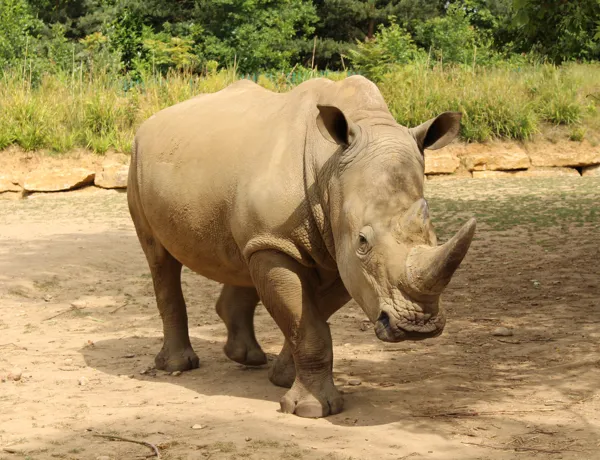
Southern White Rhino
Find us on the Wanyama Reserve or on Zufari: Ride into Africa!
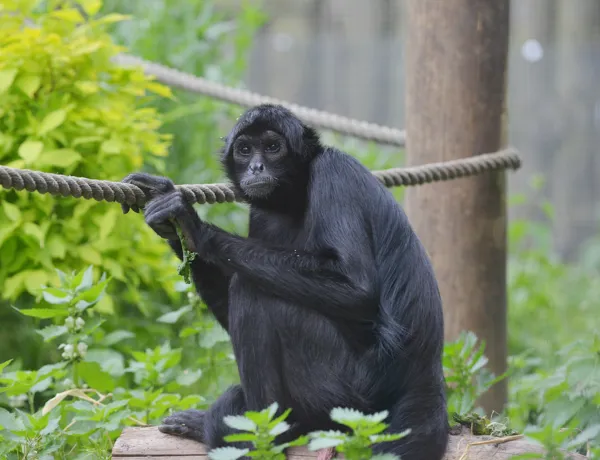
Spider Monkey
Find us in the AMAZU
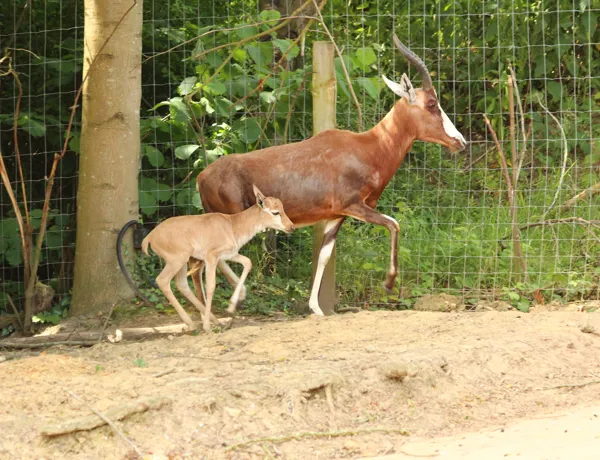
Blesbok
Find us on the Wanyama Reserve or on Zufari: Ride into Africa!
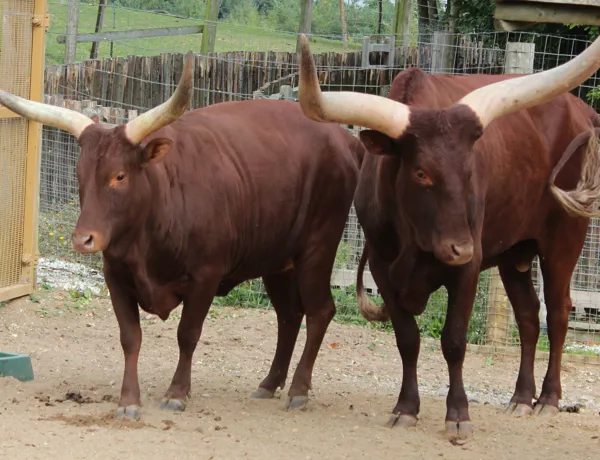
Ankole Cattle
Find us in Wanyama
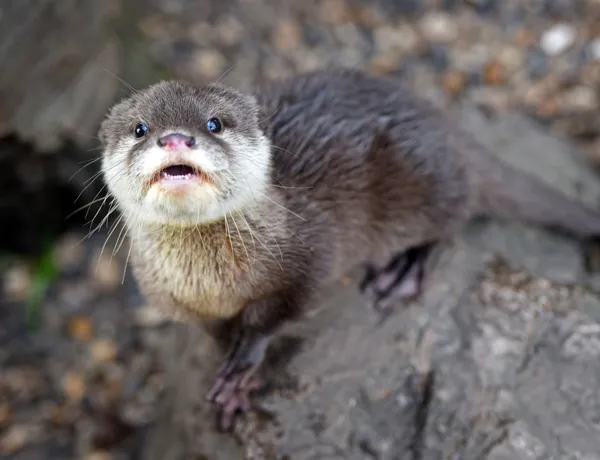
Asian Short Clawed Otter
Find us near the Lodge Gate entrance
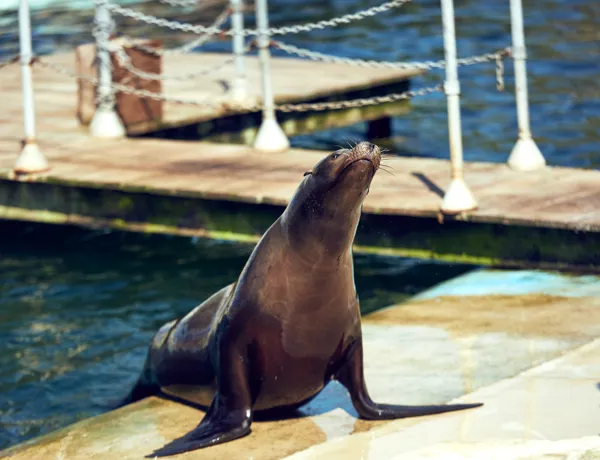
California Sea Lion
Find us splashing around in Sea Lion Bay
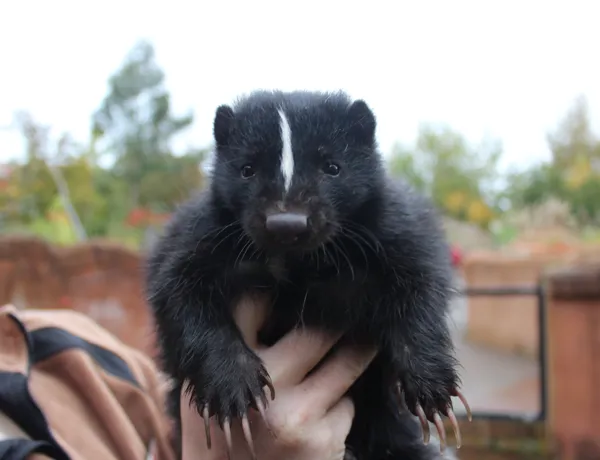
Skunk
Find us opposite the AMAZU
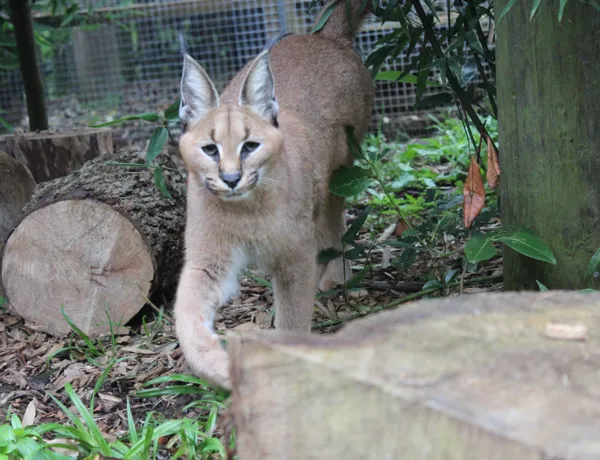
Caracal
Find me in the Trail of the Kings
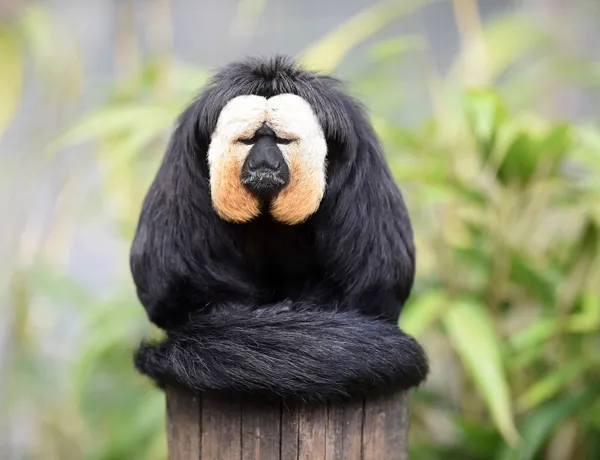
Saki Monkey
Find us in the Monkey Walk Through in AMAZU
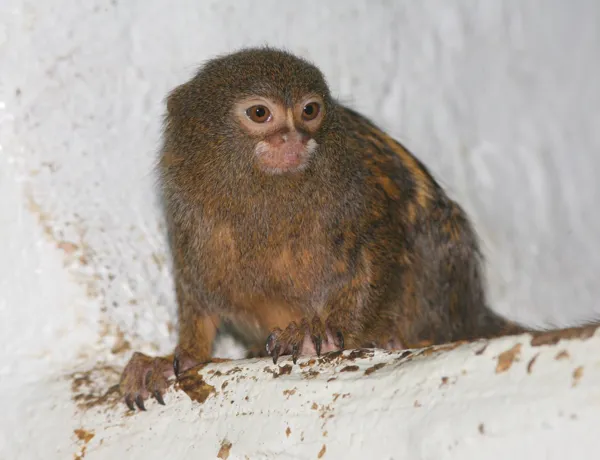
Pygmy Marmoset
Find us in the AMAZU
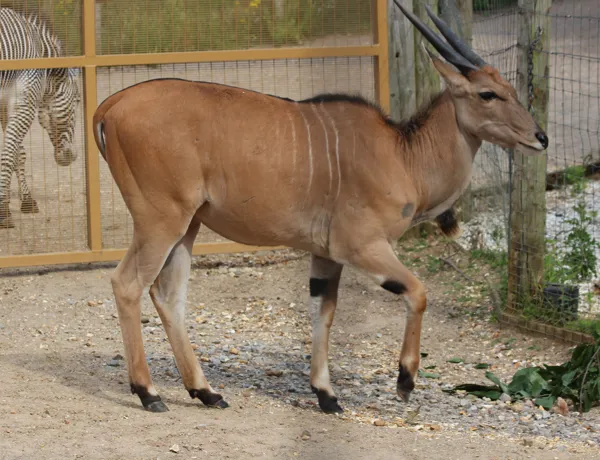
Common Eland
Find us on the Wanyama Reserve or on Zufari: Ride into Africa!
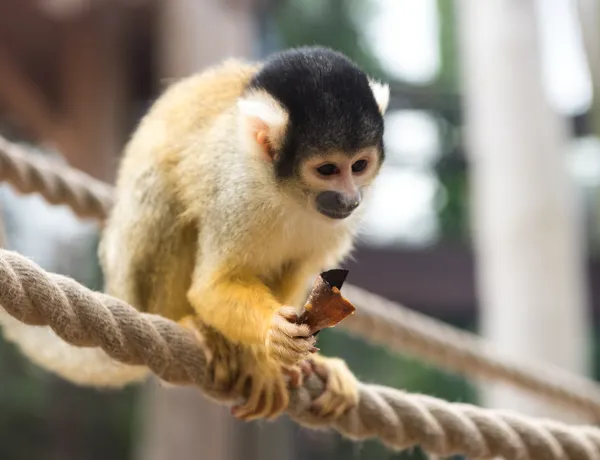
Bolivian Squirrel Monkey
Find us swinging around in AMAZU

SEA LIFE Centre
Meet stingrays, sharks and seahorses in an underwater world
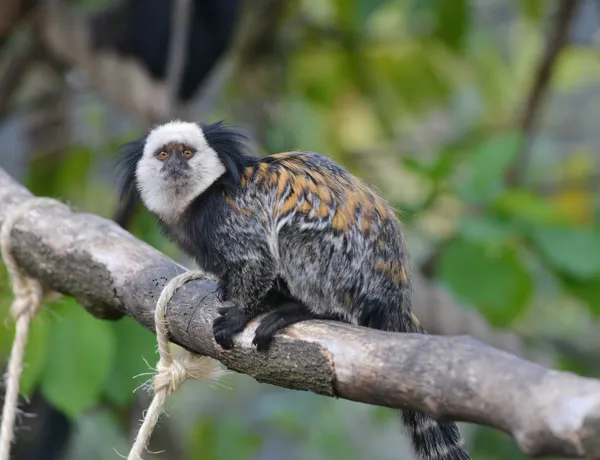
Geoffrey's Marmoset
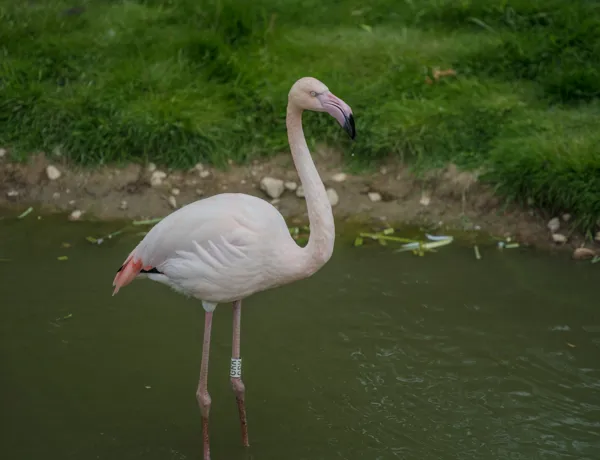
Greater Flamingo
Find us on the Wanyama Reserve or as you enjoy a drink on the veranda outside the Chessington Safari Hotel
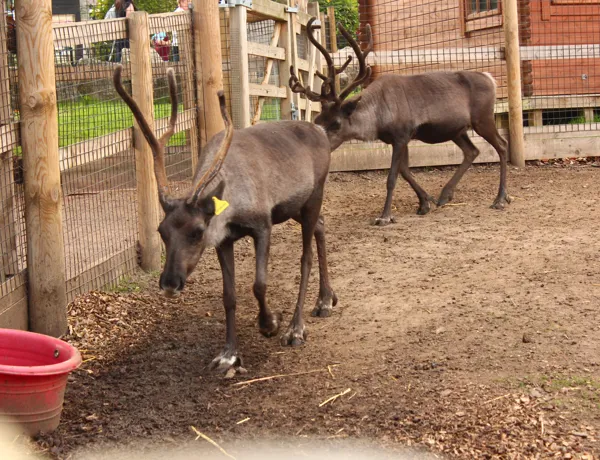
Reindeer
Find us near Sea Lion Bay
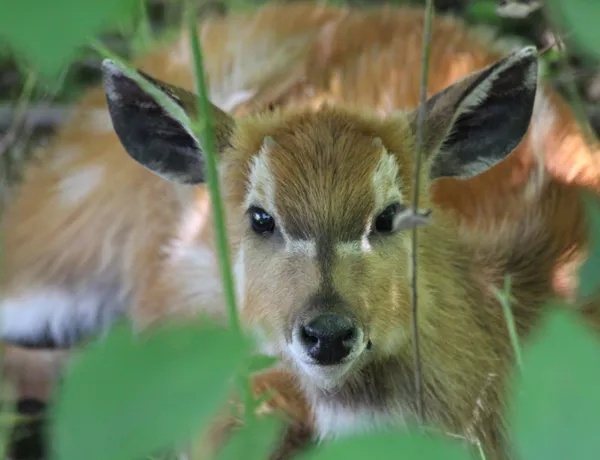
Sitatunga
Find us in Wanyama
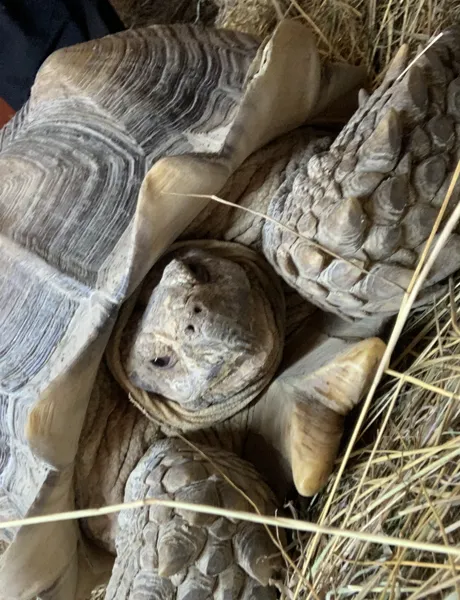
Sulcata Tortoise
Find us in our BRAND NEW land for 2020, the Rainforest
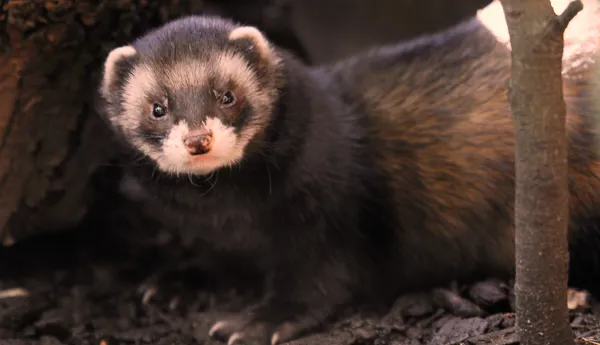
Ferret
Find us at the ferret enrichment display
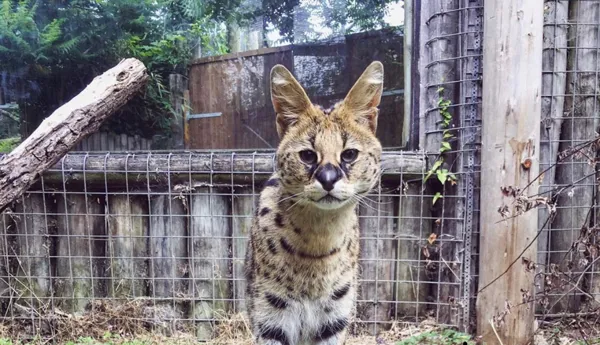
Serval
Find me in the Trail of the Kings
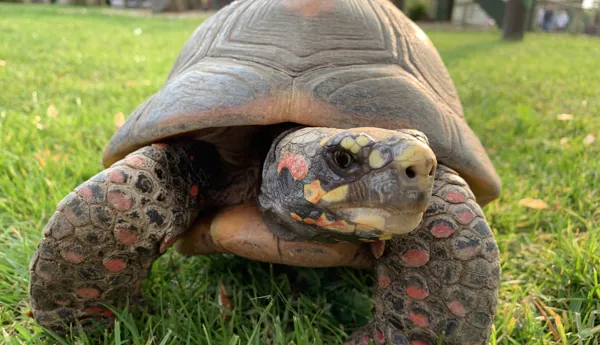
Red-Footed Tortoise
Meet us in AMAZU
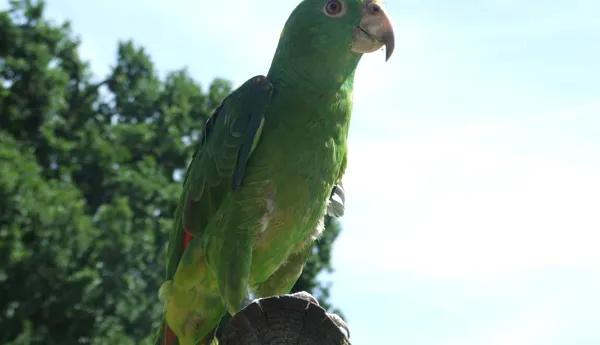
Yellow Naped Amazon
Find us talking and impersonating our keeper's radio in AMAZU
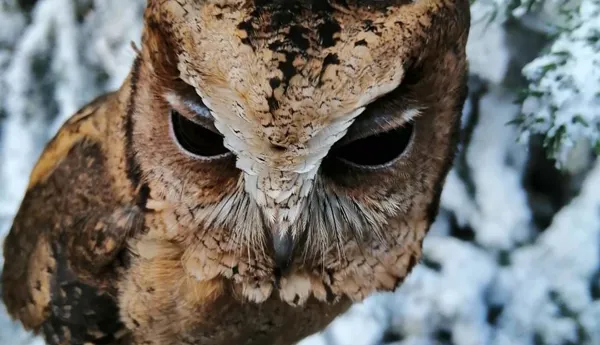
Indian Scops Owl
You may meet me at the Animal Antics show
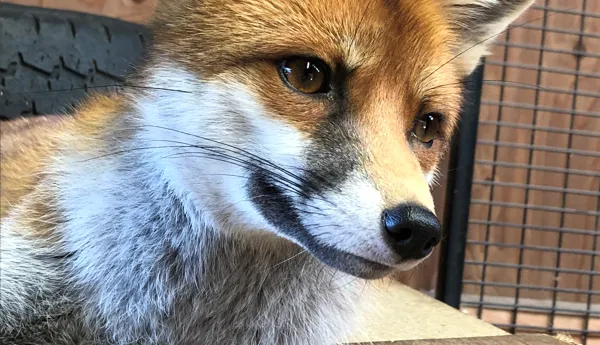
Red Fox
Find us in the Trail of the Kings
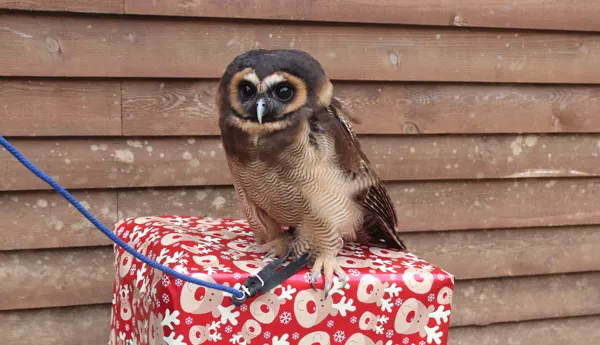
Asian Brown Wood Owl
You may meet me at the Animal Antics show
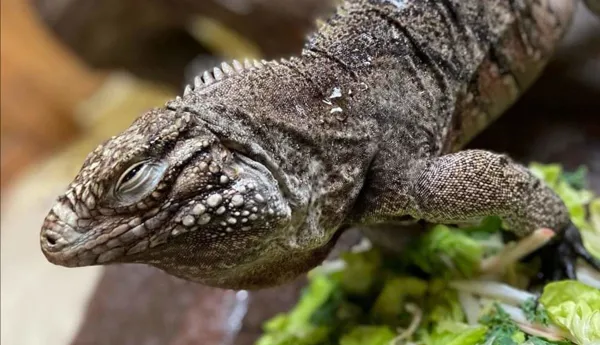
Cuban Rock Iguana
Find me in AMAZU
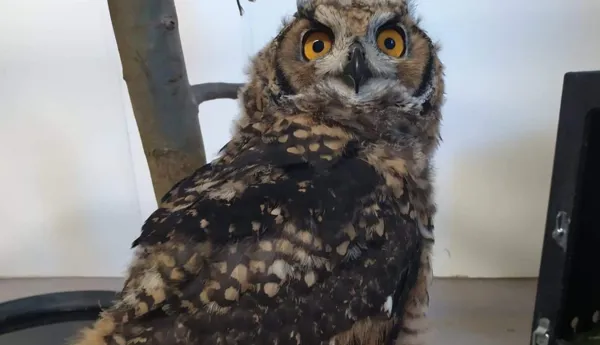
Makinder's Eagle Owl
You may meet me at the Animal Antics show
FAQs
Chessington Zoo is Britain's Wildest Adventure and conveniently located on the A243, just two miles from both the M25 and the A3. If you’re coming from the south, take Junction 9 of the M25, and from the north, use Junction 10.
For those traveling from London, follow the A3 to Hook and look out for signs directing you to Chessington.
We're also just 35 minutes from Central London, South Western Railway runs regular services from Waterloo and Clapham Junction to Chessington South Station, which is only a 10-minute walk from the zoo.
Get directions here.
Yes! You’ll find that SEA LIFE attractions are included in tickets to Chessington World of Adventures, so come and visit our underwater friends.
Chessington opens at 10:00am, with closing times varying throughout the year. You can check out our Opening Times page for up-to-date information for when you're planning on visiting. We recommend visitors arriving as early as possible to ensure they can fit in the full day of fun!
Our Amur tiger and Asiatic Lions have moved to Jimmy’s Farm & Wildlife Park as part of a conservation programme. We’re proud to support their future and invite you to discover our many other incredible animals during your visit. To keep up to date with the transition and for FAQs.
Find out more here